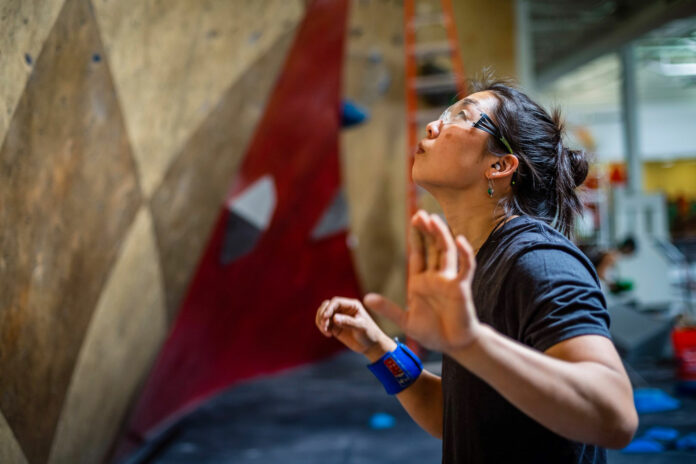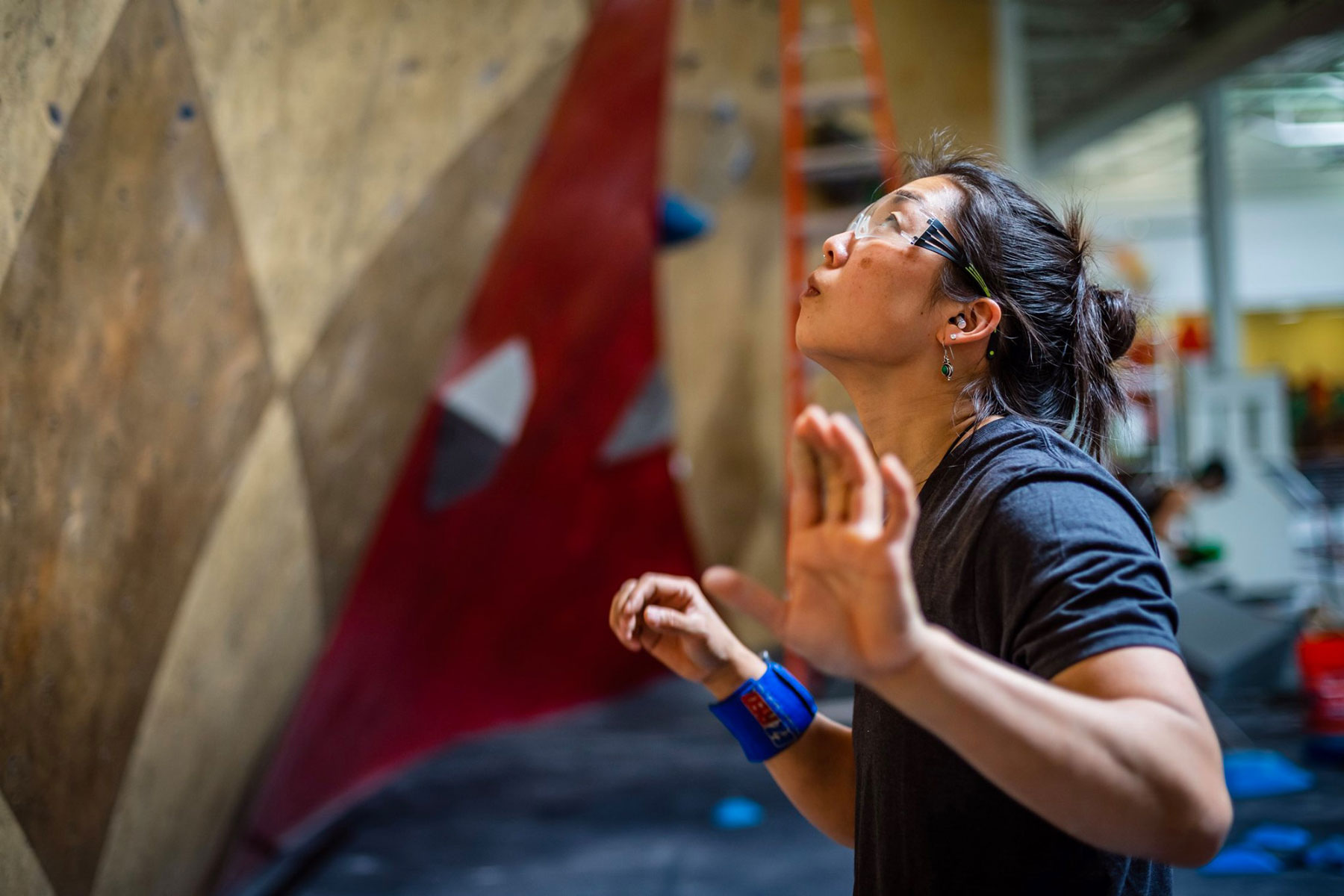
Behind the Wrench…is an ongoing series that interviews the “rock stars” of the climbing industry: the routesetters at the gyms. Today we present Sydney McNair (she/her), a seasoned commercial and competition routesetter. McNair has been climbing for two decades and setting for over half of that time. She is a USAC Level 4 Setter, Head Setter at NH Climbing & Fitness for over ten years, Head Coach, and Mad Rock athlete. When McNair is not bolting plastic to walls or climbing, she is a baking enthusiast.
Name: Sydney McNair (she/her)
Title: Head Setter, NH Climbing & Fitness
Location: Concord, New Hampshire
CHEN: Sydney, you are a setter who needs no introduction. But humor us, how did your career in climbing and routesetting come together?
MCNAIR: Okay, my parents took me climbing when I was five years old, but I began consistently climbing around age twelve; I’ve been climbing for 24 years now. I started on a youth team in Seattle at Stone Gardens, and I joined their staff when I was 17. I finished my youth competitive career with Vertical World, which is also in Seattle, before moving to New Hampshire for college. I started routesetting because all of my climbing coaches were also routesetters, and they noticed my curiosity and enthusiasm for it. I know a lot of people have experienced bias or discrimination when they stepped into the setting field. Luckily, the first crew I worked with didn’t treat me any differently. They influenced how I view climbing and setting culture; hype first, everything else second.
I love that philosophy. I’d like to take a deeper dive into that topic. In your decades of experience in the setting industry, what evolution—whether a progression or regression—have you witnessed pertaining to gender equity in routesetting?
I don’t think I noticed the gender disparity in the setting industry until much later. Like I said, the folks I grew up with didn’t treat me any differently, so I never realized there is bias and skewed views about women in setting. In my little bubble, it didn’t quite exist. In my mid or late twenties, when I stepped into competition setting, it became noticeable. There’s exponentially fewer women. The discrepancies became obvious.
In the recent decade, there’s been an emphasis on finding more women to be a part of commercial setting crews. This is both because more women want to set, and because men-led setting crews realized how valuable diversity is in terms of creating a balanced set. Overall that’s amazing. It isn’t perfect, however, and the tokenization aspect of it still exists even today. I see examples where female setters are used as a marketing ploy in an attempt to get more women to join the gym, or to present a good brand image.
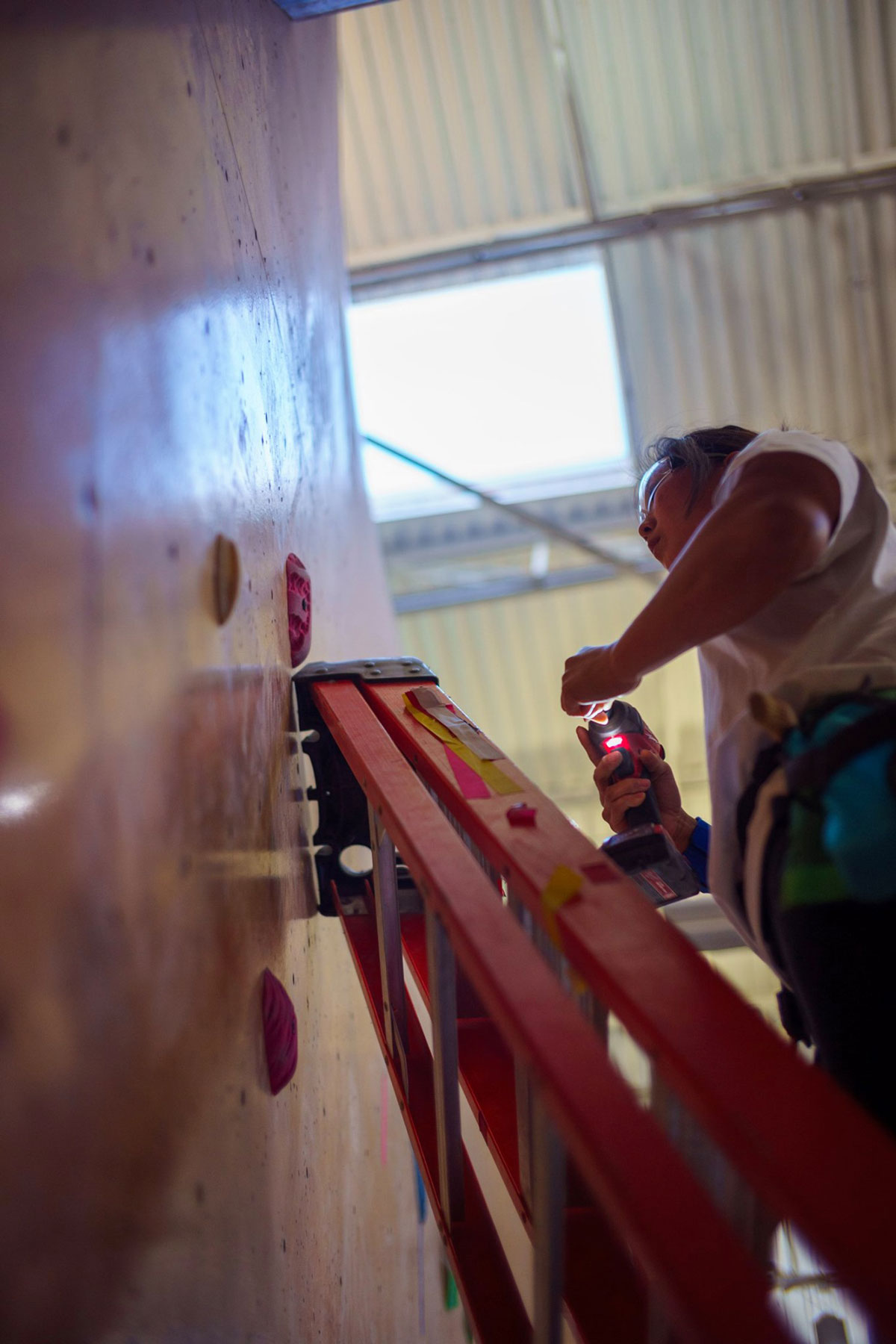
Like how college brochures always feature a picture of a diverse student body?
[laughs] Exactly. I also see examples at large gym chains where women are put in Head Setter roles they are more than qualified for, but they don’t receive the same opportunities as men in Head Setter roles in terms of upward mobility or directorship positions. When I talk to other female setters or any other underrepresented setter, it always comes back to one question: What are you doing beyond just hiring?
Offering someone a seat at the table is the bare minimum. Don’t congratulate yourself for the bare minimum.
Well put. Head Setters out there, take note.
This isn’t just a problem for commercial setting, but arguably an even bigger problem in competition setting here in the U.S. The gender disparity is slowly decreasing—there are exponentially more women in routesetting now than when I first started—but we’re still very much outnumbered by men. When will we see a competition setting crew with a 50/50 gender split? I was recently on a crew of twelve with only two female setters.
What kind of dynamic does that disparity create in a competition setting crew?
When I am the only woman on a crew, or of the super-minority, I feel the pressure to bring my very best, even on my worst day. I know people may have conscious or subconscious bias, and my performance at that event may influence whether they bring on other women in the future. There is a constant anxiety that you are representing an entire gender. Deep down, I feel confident that I am capable. Props to the coaches I worked with when I was younger. They instilled a lot of internal confidence in me. I know I am capable, even when it isn’t easy; I know I have the skills to do it.
This is an internal dynamic shift experienced by the minority setters on the crew. If you have a good Chief and a good crew, the dynamic of the work environment shouldn’t be any different externally. Actually—more often, the noticeable bias or sexism isn’t from other members of the setting crew.
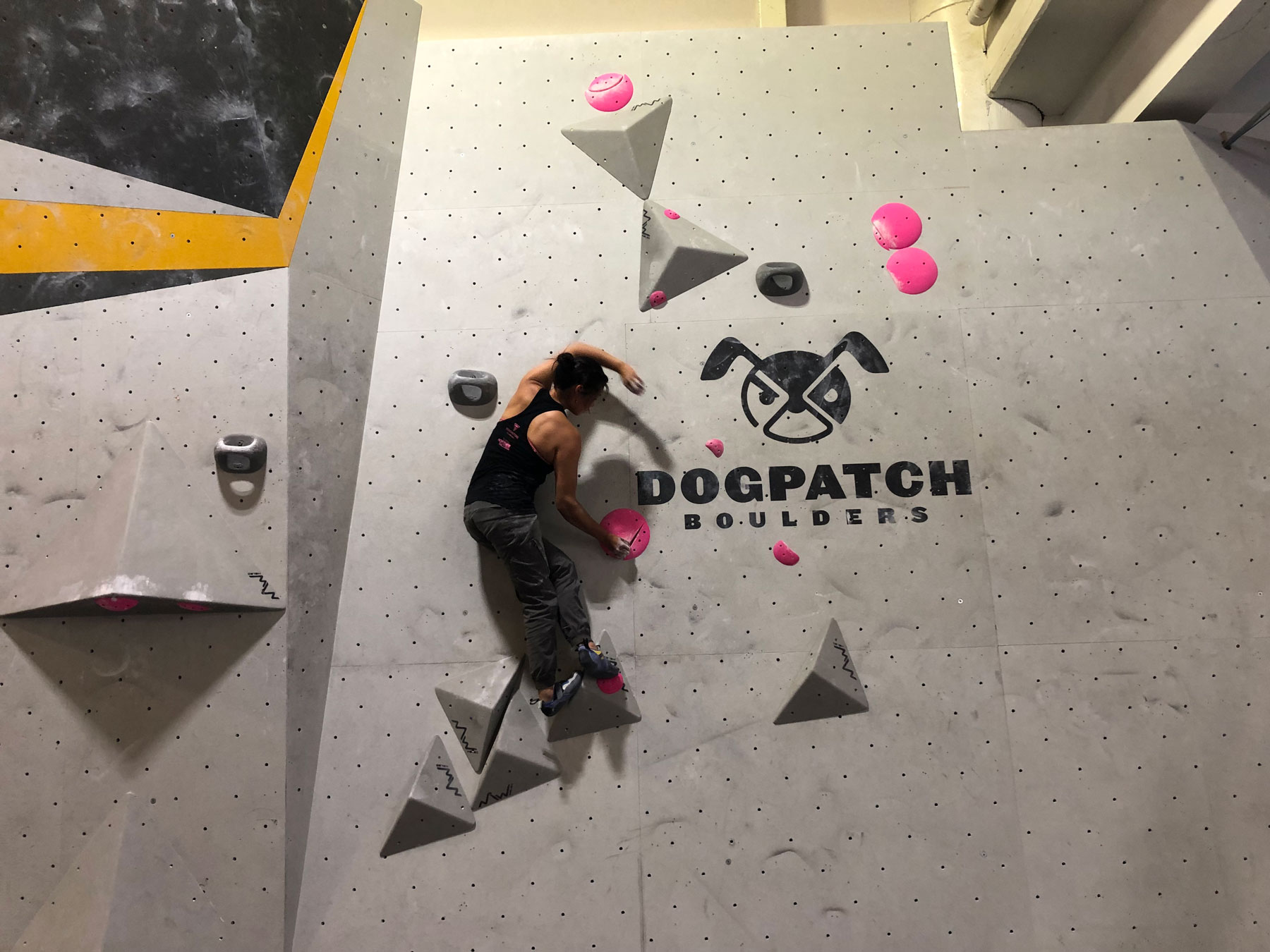
Can you elaborate on that?
I was on the rope crew for Youth Nationals in 2022. Sarah Filler and I were the only two women on the crew. Mid-way through the setting week, Sarah and I were stopped at the front desk. It was someone who hadn’t seen us before, I think.
None of the other setters were stopped. The front desk staff asked Sarah and I if we were competitors. I find that funny because we’re both in our thirties. I told him no, we’re setters. Okay, no problem, he lets us through and into the gym. A few minutes later, the same guy came up to Sarah and I with wristbands and asked us to keep them on.
The rest of the crew just stared, kind of incredulous, like “are you seriously getting hassled to wear a wristband?”
Oh yikes.
One of the other setters told us he’s never been hassled, even when he didn’t know the front desk staff. I want to note that none of us were wearing any routesetting hoodies or apparel that identified us as routesetters.
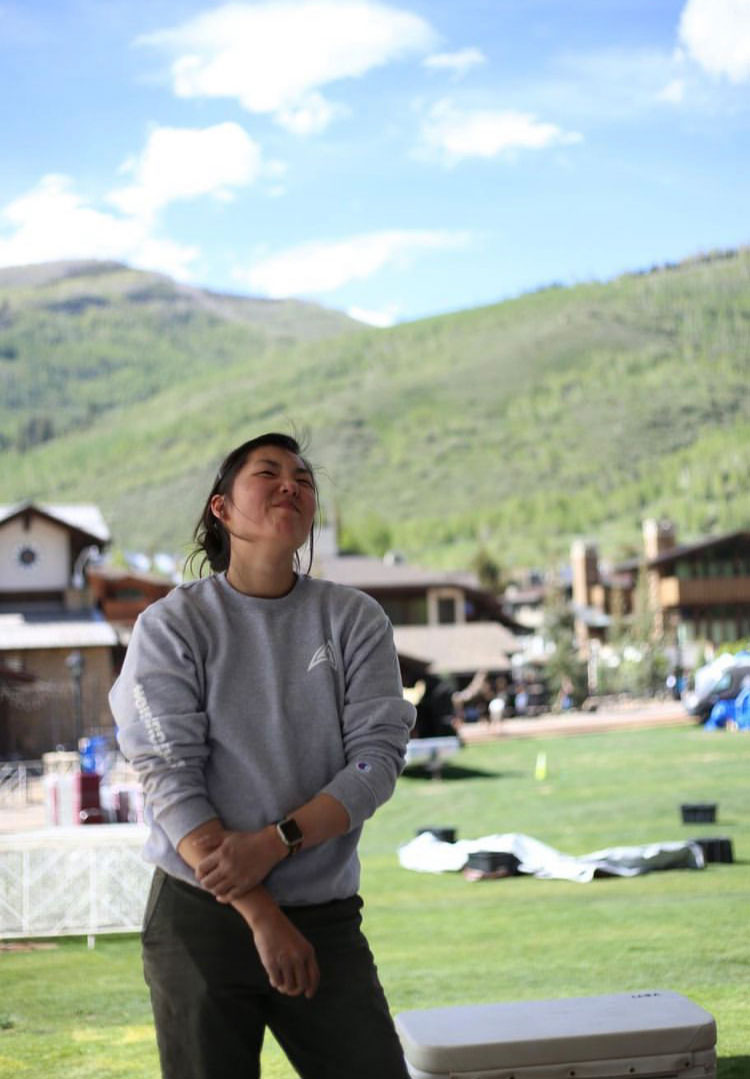
I’ve experienced something similar before. I was guest setting at a gym. After the set was completed, I wanted to climb, and the desk asked me to take a belay test. Sure—everyone takes one. He failed me while all of my male counterparts passed. There was nothing about my belay technique that warranted a fail; I didn’t let go of my break hand or do anything catastrophic. I don’t know how he justified failing me.
That’s ridiculous.
So, what are some systemic issues still in place that make these kinds of interactions common?
Some of the stereotypes will begin to fade with time because more and more women are entering the setting field or climbing industry in general. Other stereotypes need to be dismantled by the same people who created them in the first place. There needs to be active unlearning of bad habits, biased points of view, and stereotyping. As well as active learning and implementation of new habits, there needs to be new standards and appropriate support systems that facilitate the growth of a wide variety of setters coming into the industry.
The evolution is happening, and for the most part, it’s going in a good direction. I’m proud to see so many women and underrepresented setters toughing it out in a system that wasn’t designed with them in mind.
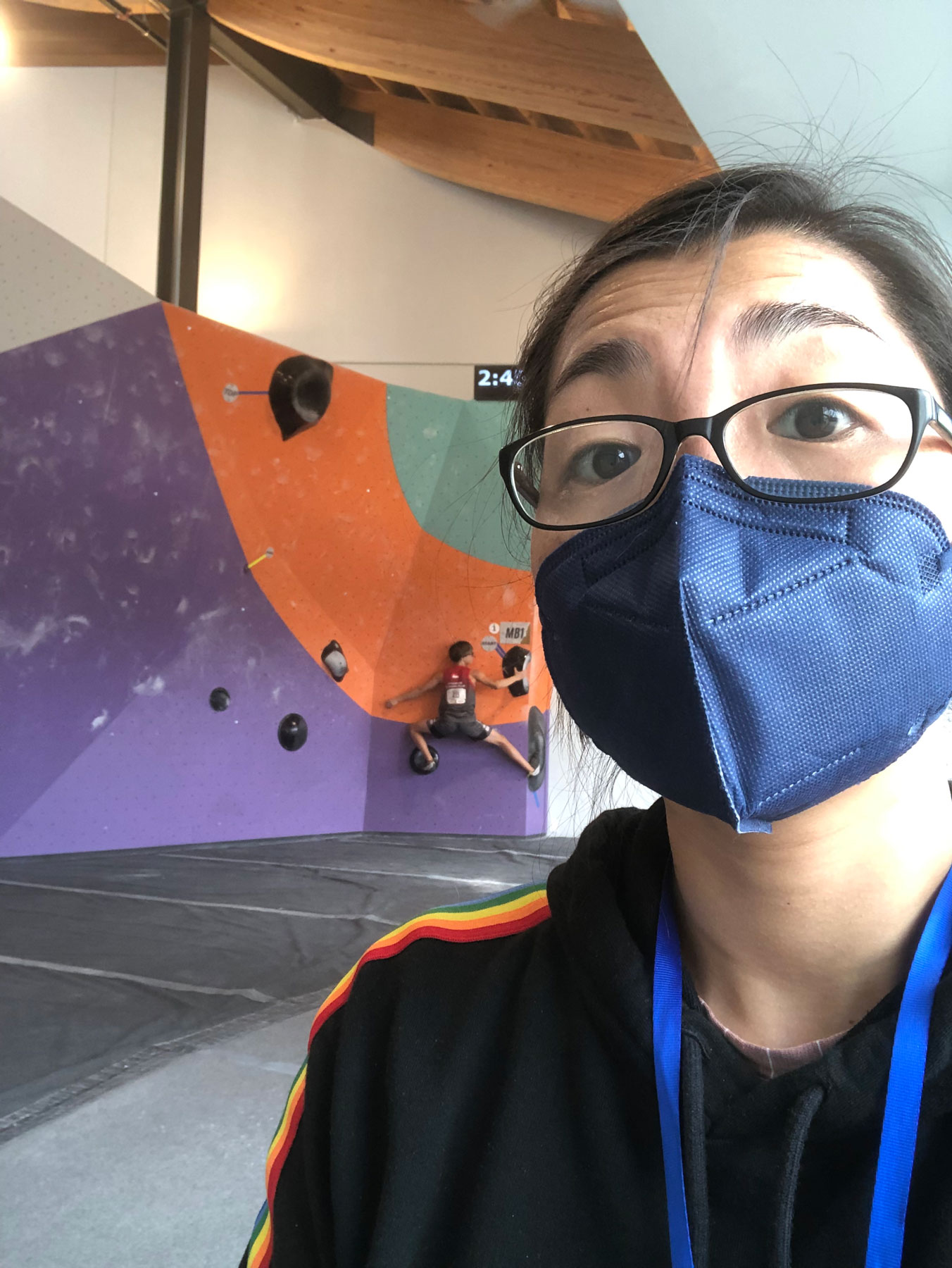
What advice do you have for Head Setters, Chiefs, or people in leadership positions? What can they do if they want to be part of the solution?
I’ve heard all the counter arguments against why there aren’t more women in setting. Two of the most common ones are: there are not enough [air quotes] “experienced” women, and not enough women who apply. This brings us back to my previous point: What are you doing other than hiring women or underrepresented setters? What are you doing to facilitate support and create equity in a system not designed for them? You can’t treat the symptoms and expect everything to be fine without addressing the root cause.
Are you creating environments where people can thrive, learn, and feel comfortable being themselves? If you’re consistently hiring women but they’re not staying for the long term, maybe it’s time to ask: What are we not doing to keep them here? Are resources and mentorship opportunities equally available to everyone? What are invisible barriers that might not be barriers for men but are for women?
A simple way to begin this work is to talk to female setters, and to listen for the sake of understanding, not for the sake of replying.
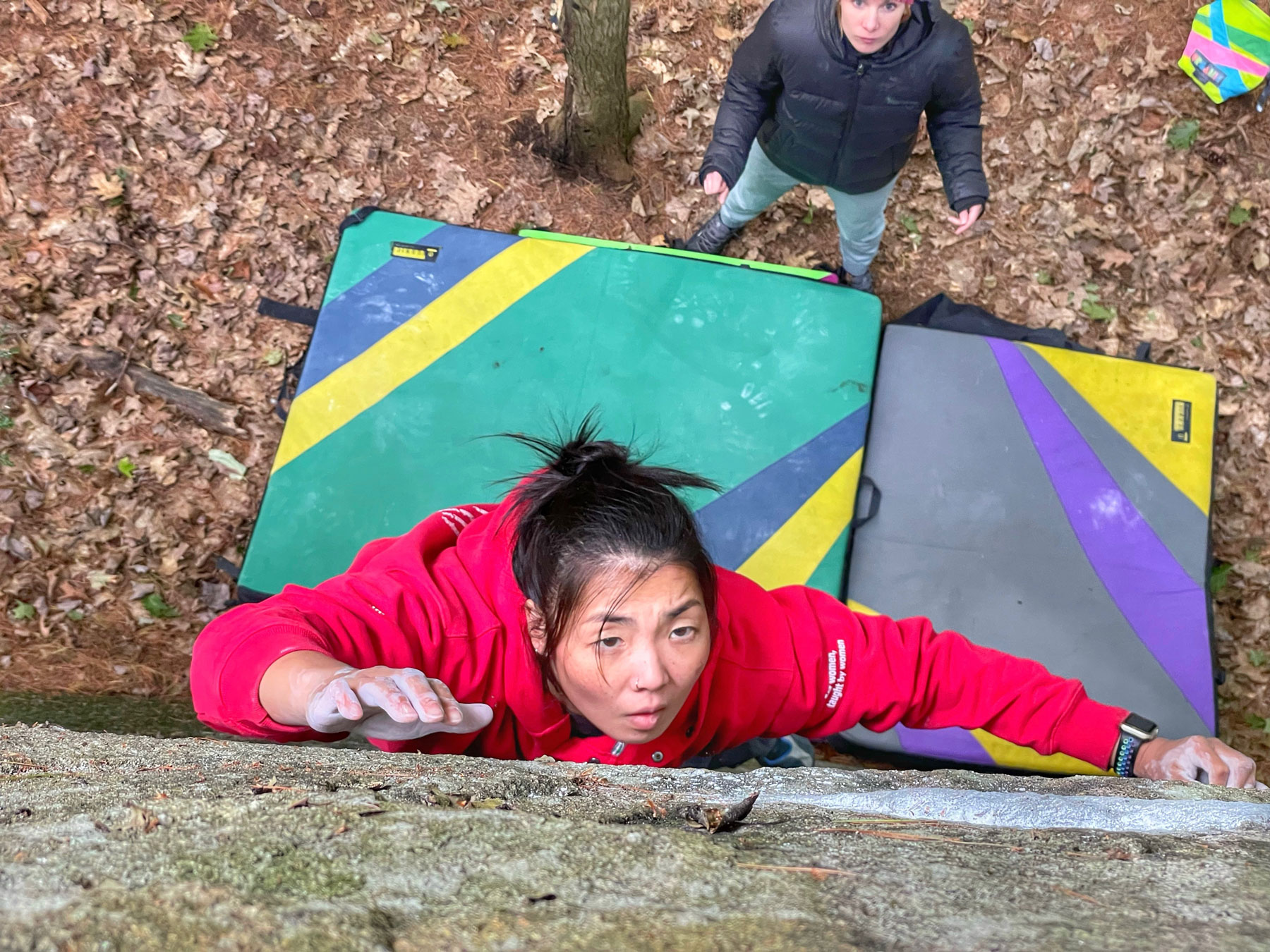
Again, well put. To end, what advice do you have for someone who wants to set for high-level competitions like you do?
I want to preface this by acknowledging that the field is very different now than when I first began. Certifications now are incredibly competitive. It takes a lot of persistence, and suffering disappointment. To my knowledge, USAC gives you credit for persistence. They notice if your name appears every year in the applications, and that persistence will pay off.
Setting for competitions is rewarding. The system is not perfect, and I doubt it ever will be. Fortunately, it is filled with a wonderful community of open-minded setters who share the common goal of challenging the best climbers in the nation. Competition setting is not restrictive; it encourages weird, funky, new kinds of movement you don’t often see in a commercial set. It allows you to flex your creative muscles.
If that mission resonates with you—go for it, and hold the door open for whoever is coming after you.
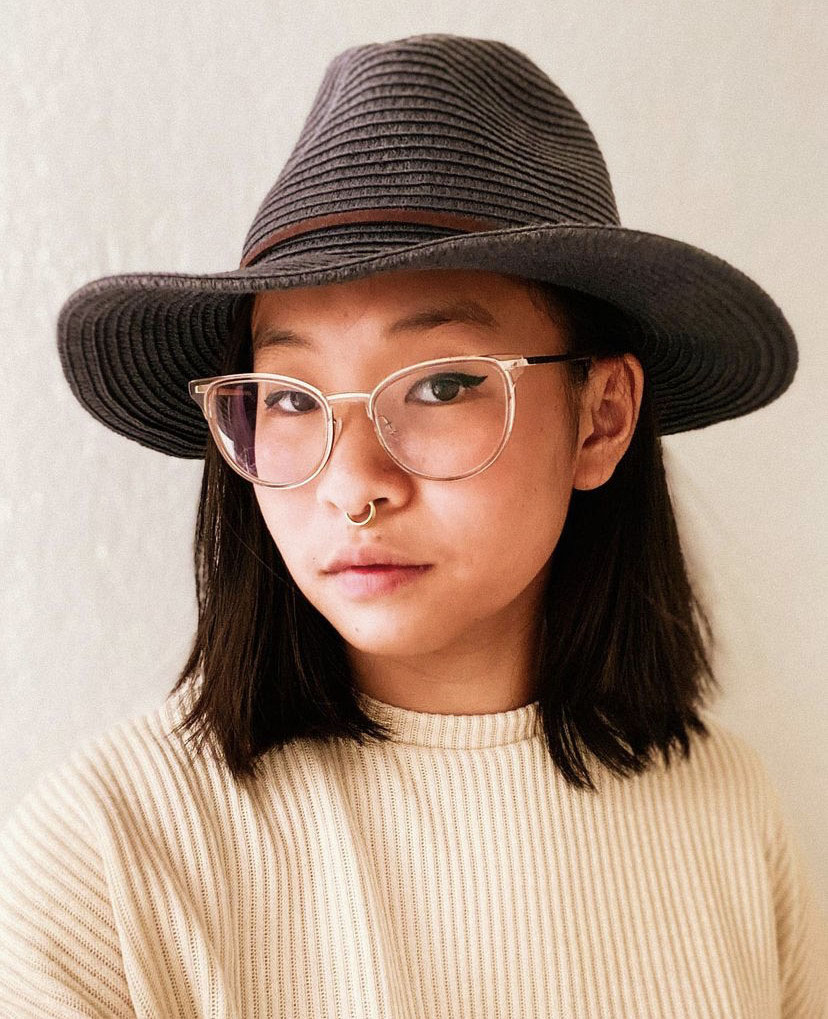
Holly grew up in Taiwan and Hong Kong. Now she lives in Denver where she reports, writes and routesets. Beyond the Climbing Business Journal, her writing has been published by Alpinist Magazine, Climbing Magazine, Gym Climber and Sharp End Publishing. Holly’s motto has always been: “keep it interesting.”
Read our interview with Holly: Storytelling Through Movement




